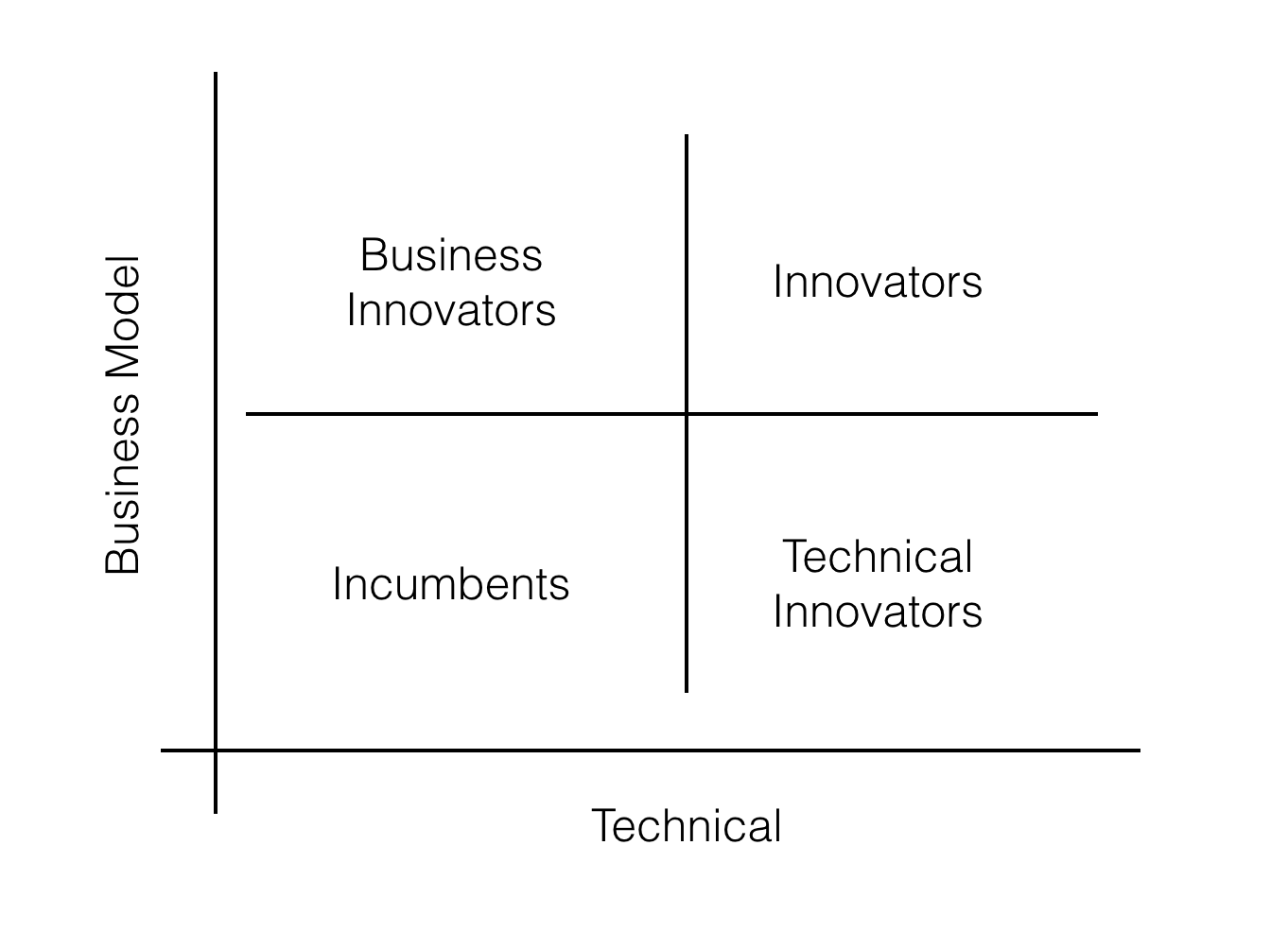UK FinTech (Financial Technology) is on fire at the moment and one of the start-ups at the forefront is a challenger bank called Mondo. Mondo is still a relatively small start-up with somewhere in the region of £7 million of Venture Capital funding with Eileen Burbidge's Passion Capital funding £6 million and the other £1 million being raised in a record breaking 96 seconds on Crowdcube earlier this year. Mondo is currently in Beta with apparently around 20,000 customers and a waiting list even longer. Now Mondo isn’t a bank just yet and as such gives customers what is essentially a pre-pay MasterCard but they say they aim to get their banking license (at least a restricted one) in a few months time. What the Mondo Beta has shown so far though is a glimpse in to the future of banking and I have to say it’s quite bright.
To understand why Mondo is great, oh and this isn’t in any way sponsored by the way, Mondo won’t know I’ve published this post unless they read it themselves here, you have to look at what is wrong with the traditional banks and it all ultimately boils down to the fact that they don’t understand mobile and they don’t understand UX (User Experience).
The traditional banks saw mobile as a way to simply provide a bank statement, in fact, if you look at your mobile banking app it’s pretty much the same as getting a paper statement in the post in that it’s just a list of transactions, search is limited if it exists at all, and if you want to do anything even mildly useful you generally have to logon to the desktop website or even phone them (what the?).
Mondo, like most start-ups, have adopted a mobile first philosophy. They don’t have a banking website and they don’t have phone banking either and why would they? Everything you could ever need to do is or at least will be done through the app, and that is one of the major things missing from traditional banks. If you read some of the Mondo founder’s blog posts and listen to/watch some of his interviews then you’ll notice that the way they think about mobile is completely different to traditional banks, for example, using your mobile’s location services to determine whether or not transactions are fraudulent i.e. if your phone is in the same location as the transaction it probably isn’t fraudulent - particularly useful when you’re abroad. Mondo seem to realise that mobile allows them to overcome some of the biggest annoyances we have with consumer banking.
It’s not just their attitude to mobile that makes them great though, it’s their entire ethos to customer experience. A recent trip to Paris is a perfect example. My traditional bank charge a 2.75% fee for non-sterling transactions and another 2% fee for using a cashpoint abroad - crazy right? Mondo don’t charge a penny for either. This completely changed the way I travel. I used to search online for the best exchange rates, order currency online and then go to a physical store to get a big wod of cash - hundreds of Euros or Dollars. Now you’d never have £400 in cash when you’re at home (unless you want to be mistaken for a drug dealer perhaps) but somehow we do it when we're on holiday. Well as you can imagine with Mondo I didn’t need to do any of that, I behaved as I do at home and paid for 99% of things with my card and had about €20 in my wallet for those few times I needed cash. What’s more I could see immediately what the cost in both £ and € was straight on the app. You get none of this transparent experience with a traditional bank.
There’s a few other really good features of Mondo too. Merchant info is crowd sourced, you can see your entire history with a merchant including total and average expenditure in just a tap. If you misplace your card you can freeze it immediately from within the app. You get a breakdown of your monthly expenditure by category, and you can manually change the category of each transaction individually. Search though is one of the major features of the Mondo app for me. Search in Mondo seems to use somewhat of a natural language processing technique to allow search over time periods, locations, merchants, category and more just be typing. So, a search for ‘Lunch in London last month’ will show all transactions marked as ‘Lunch’ that happened in June and that look place in London.
Mondo also provide an API for 3rd party app developers to interact with the platform and develop new tools.
Now that I’ve banged on about all the good things I do of course have to discuss some of the improvements that need to happen. Something that’s missing but seems really simple is a low balance notification with an action to top-up the card. I’ve had multiple occasions where the card has declined due to insufficient funds. It would be great if there were a ‘suggested top-up amount’ based on previous spending habits and perhaps an auto top-up option.
Another major let down is the lack of Apple Pay. There’re a lot of things I don’t use Mondo for because I can’t use Apple Pay. For example, I use Deliveroo almost daily and pay on their using Apple Pay just because it’s the most convenient and secure method. Same with Uber, same with Tesco. Apple Pay is on the roadmap for Mondo but I’m amazed that such a mobile focussed company hasn’t supported Apple (and Android) Pay since the start.
Next up is London Transport payments, they’re confusing AF. For some reason Mondo shows all of Transport for London’s ‘active card checks’ and seemingly all sorts of other transactions that ultimately become you’re actual tube fare. This means that various transactions appear, disappear and change over the course of a couple of days. Please Mondo just show the actual fare.
User authentication is also missing which seems to be a bit strange. There’s no app login at all. This means if someone is using my phone, whether I’ve let them use it or otherwise they can just tap the app and see all of my transactions and freeze my card. You do need to know the card’s PIN to transfer money though. This isn’t necessarily a major issue as if I’ve let someone use my phone I probably trust them and if it got stolen they’d need to know my phone’s unlock code or have my fingerprint (if they had either of these I think them being able to see what I spent in Waitrose would be the least of my worries). It does just seem a little relaxed on the security/privacy side.
Just as I was about to post this they updated the app to include TouchID login.
Something I haven’t tried/need to use yet is the customer service side to Mondo. With what I’m presuming is a relatively small team I’m not sure how good it’d be in particularly urgent situations. In fact the app does say ‘… we try to get back to you within the hour, evenings and weekends may take a bit longer.’. I could see many people being put off by this and actually finding it quite concerning that they can’t speak to/message somebody immediately, particularly as Mondo is dealing with people’s personal finances.
So as I said at the start of this post Mondo has so far given a really good insight in to what the future of consumer banking should look like. I’ll certainly continue using it and I’m looking forward to seeing new and useful features.
Now I should also say that Mondo aren’t the only ones doing this. If you have a read of my previous post you’ll see there’s quite a few other. In fact, I’ve just received an invite for Atom Bank which I’ll to try out.
Have you tried Mondo or another Challenger Bank? What did you think? Comment below.

